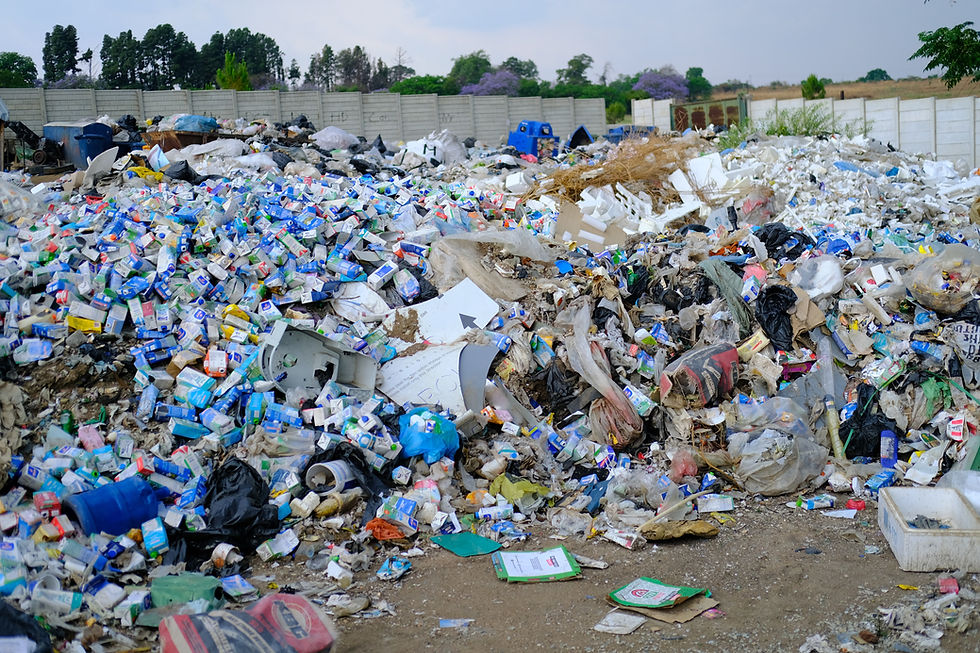Donald Trump Becomes the 47th President of the United States
- ITK Magazine

- Nov 6, 2024
- 2 min read
In a historic win, Donald Trump has reclaimed a seat in the White House, now serving as the 47th President of the United States.

His campaign was marked by a commitment to "Make America Strong Again," focusing on issues such as strengthening the economy, securing borders, and revitalizing American manufacturing. Trump also promised to prioritize U.S. energy independence, streamline federal regulations, and emphasize domestic safety measures. However, as is often the case with political promises, only time will tell if these ambitious goals will be realized.
The Journey of Donald Trump: From Businessman to Politician
Donald Trump, a well-known businessman, media personality, and former president, has always been a polarizing figure. His path from the boardroom to the White House began long before his first presidential bid in 2016. Raised in a family of real estate developers, Trump took over the family business, expanding it into a global brand with interests in hotels, casinos, and entertainment. His reality TV show, The Apprentice, elevated his profile and showcased his self-branded persona as a successful, no-nonsense businessman.

Trump's Political Ascent and Controversies
Trump’s first term as president from 2017 to 2021 was marked by several achievements in tax reform, judicial appointments, and foreign policy efforts. However, his presidency was also riddled with controversy. His handling of immigration, stance on climate change, and often combative communication style drew both fierce criticism and passionate support. His handling of the COVID-19 pandemic in particular became a point of significant debate, shaping the latter part of his presidency.
After his term ended, Trump continued to be a prominent figure in American politics, rallying his base and frequently sharing his views on the direction of the country. Legal battles, including investigations into his business practices and allegations regarding election interference, have kept Trump in the headlines, making his return to office all the more unprecedented.
A New Chapter Begins
As Donald Trump prepares to serve his second term, America awaits to see how this familiar yet changed leader will approach the challenges ahead. While opinions on his policies vary widely, one thing is certain: the coming four years are likely to be dynamic.
Writer’s Note: Personally, I hold no opinion on the outcome of the election. What I can say, however, is that it will be an interesting four years to come.







